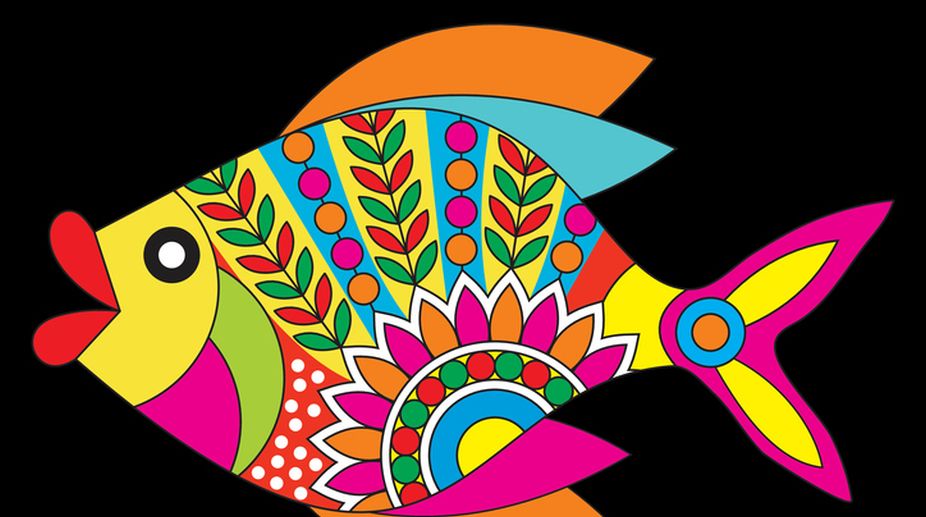Jharkhand Assembly gears for Budget Session from February 24 to March 27
The Jharkhand Legislative Assembly is set to convene its budget session from February 24 to March 27, 2025, with extensive preparations in place.
Aruna Bhowmick explores the little known cultural facets and rich traditions of Bihar and Jharkhand that are otherwise relegated as too primitive.

(Getty Images)
Apart from the now wellknown Madhubani art, the rest of Bihar and Jharkhand's rich and characteristic art traditions remain little known and relegated away as too primitive. As expected of any ancient civilisation, both Bihar and Jharkhand have rich traditions of folk art. Predominant themes in the northern regions are from Hindu mythlogy ~ Rama, Sita, Shiva and Parvati, being the main themes of folk paintings. Radha-Krishna are less common here than in Uttar Pradesh and West Bengal. Notably, under the guise of deities these are paintings based on procreation, frequently adorning nuptial chambers or kohbar, of newly-marrieds for their wedding night.
The credit for bringing recent and massive popularity to Madhubani paintings goes largely to the late Lalit Narayan Mishra, who during his tenure as railway minister in Indira Gandhi's Cabinet commissioned reproductions of Madhubani paintings to adorn coaches of many fast and super-fast trains.
Advertisement
Copies of Madhubani paintings thus became a hot-selling items for travellers both Indian and foreign. The reproductions could be found in plenty with hawkers on the Capital's Janpath near Connaught Circus ~ a must for the foreign tourist! Bhaskar Kulkarni, erstwhile member of the Indian Handicrafts Federation, was the first to organise an exhibition of this school of paintings at New Delhi in 1967, bringing it instant international recognition.
Advertisement
The Patna School of Painting or the Patna Kalam, an offshoot of the Mughal Miniature School of Painting, flourished in Bihar during early 18th to mid-20th century, made by descendants of Hindu Mughal miniature painters, who, facing persecution from Emperor Aurangzeb, found refuge via Murshidabad in Patna during late 18th century. While they shared characteristics of the Mughal painters, unlike them, whose subjects included only royalty and court scenes, they also introduced bazaar scenes. A shrewd move, it not only enriched the style of painting, but also evinced interest and commercial success from the common public, including British officers and their wives. It is this school of painting that formed the nucleus for the Government School of Arts and Crafts, Patna, under the leadership of Radha Mohan, disciple of Mahadev Lal (1860-1942), the last Master of the Patna qalaam. From a modest single room beginning it is now a large building near the Patna Museum.
After lying in a moribund state for years, the Patna School of Arts and Crafts showed signs of life under the well-known Prof Anunay Choubey, Professor of English, Patna University, author of an authoritative dissertation on the American poet, Ezra Pound, and an immensely gifted figurative painter to reckon with.
Apart from this the artisans of Bihar have been skillfully creating articles from local material. Baskets, cups and saucers made from bamboo-strips or cane reed, painted in vivid colours are commonly found in Bihari homes. A special container woven out of sikki grass in the north, the "pauti", is a sentimental gift for the bride while leaving her home after marriage. The wooden container for "sindoor" or vermillion, the "sinhora", is a gift she treasures for life.
Apart from these are fabrics of Bihar ~ the Tussar silk from Bhagalpur and the thick fabric for curtains woven around the Bihar Sharif area. The folk songs and theatre of Bihar and Jharkhand have regaled locals for years and found their place in Hindi cinema; but about them another time, soon.
Advertisement